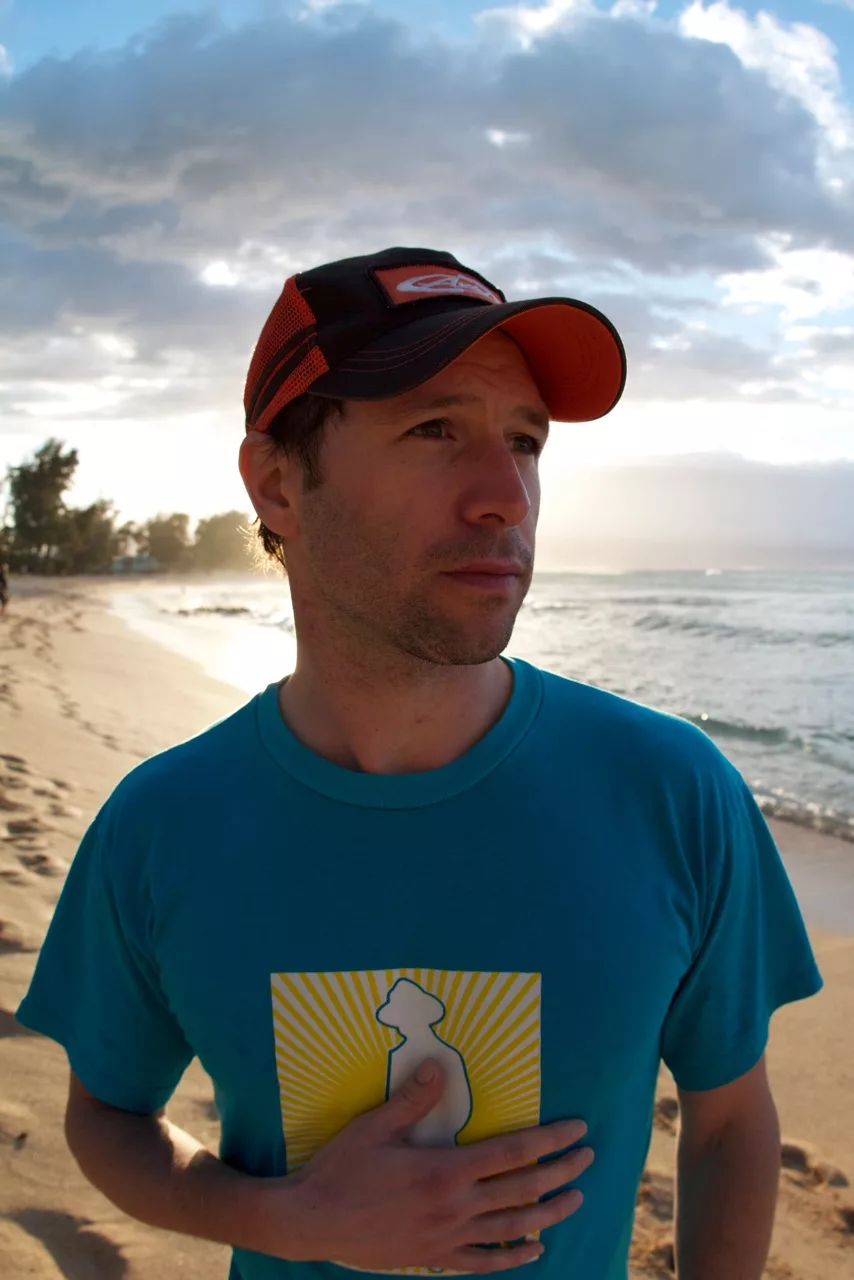New-School Avalanche Education

Anyone who likes to ski powder would have wanted to ski Cherry Bowl on March 17, 2013. The huge alpine face near Terrace, British Columbia’s Shames Mountain ski area was full of fresh snow. Not a track scarred its perfection. Two groups of four ski-tourers were in the area that day. What followed was one of the most miraculous avalanche rescues ever recorded. And, if Avalanche Canada has its way, a learning experience that will save even more lives.
The national avalanche forecaster and educator turned the Cherry Bowl incident into a multimedia mico-site (avalanche.ca/cherry-bowl). Stuffed full of information on the two groups, how the day unfolded and the rescue that followed, the site is avalanche education 101 through 301.
Here’s what happened that day and what you can learn:
Change is the Only Constant
The first group to get to the top of the bowl that day was made up of four good friends from Whitehorse, Yukon: two men and two women, all experienced ski-tourers. They’d been touring in the area for a few days and found good stability in the snow pack. The second group lived in nearby Terrace; they were experienced backcountry skiers and skied together regularly. They were wary of a buried weak layer and were out for a ridge-walk.
Meanwhile, the rising temperatures, combined with a little wind, snow squalls and a warm sun popping through the clouds, were having an effect on the snowpack. Not far away, the conditions got so touchy that Northern Escape Heli-Skiing quit for the day. “The slab stiffened and it became electric,” says Claire Israelson, one of the guides at Northern Escape.
Lesson #1: Avalanche conditions are as dynamic as the weather and in the mountains the weather is always changing. Temperature, humidity, precipitation and wind dramatically alter stability. As the weather changed that morning, so did the stability.
Talking is Cheap Insurance
As the Terrace-based group climbed, they watched for signs of instability and discussed their observations constantly. “They talked to each other and discussed [the snow, weather, route-finding and avalanche conditions] at many junctures during the day,” says Mary Clayton, communications manager at Avalanche Canada and the lead on the Cherry Bowl project.
Though the group from Whitehorse knew each other well, they didn’t talk as much. A couple hours into the climb, the men were a bit ahead of the women and making all the route-finding decisions and condition assessments. Even at the top, as the four Whitehorse skiers pulled their skins and prepared to drop in, the women didn’t voice their concerns about the changing stability. They planned a route down and then pushed off into the most memorable ski run of their lives.
Lesson #2: Communicate. Human factors are fundamental to most avalanche accidents. The key to rooting them out is talking. Discuss with everyone in the group what you’re seeing, hearing, feeling and doing. Actively seek opinions and thoughts and never dismiss “gut” instincts. Just as importantly, speak up: if something makes you uncomfortable, say something, even if you’re the most inexperienced person in the group.

No-Stopping Zone
The turns were fantastic, powder billowing onto their chests and contrails of dust hanging in their wake as they skied one at a time into the heart of the bowl. The Terrace locals, watching from a nearby ridge, thought it looked amazing. One of the women felt uncomfortable about going further but the group’s momentum was set and they descended one more pitch. As they regrouped, took off their skis and prepared to skin back up, Cherry Bowl’s massive face loomed above them.
That’s when the avalanche ripped. Possibly triggered remotely by the Terrace group, the avalanche fracture raced across the 500-metre face. Then it plunged a kilometre down the mountain towards the Whitehorse friends, swallowing them in a tidal wave. The Class 3.5 slide (out of five)—big enough to take out a small forest or knock a train off the tracks—buried three of the skiers 1.5 metres deep. One remained on the surface, clinging to a small tree. With his pack gone, he had nothing but his transceiver for rescue gear.
Lesson #3: Stop only in a safe spot. Reducing the time spent in avalanche terrain reduces the chances of being caught in an avalanche. It’s always best to choose spots for regrouping, resting and changing over in areas with little or no avalanche danger. By stopping in the middle of the bowl, the entire group was exposed to avalanche hazard with no escape route.
Get (Re)Trained
The group from Terrace watched the avalanche in horror, then jumped into action. Just a few weeks prior, they’d taken an avalanche rescue course, a refresher of the skills they already possessed. Within 20 minutes they’d skied onto the avalanche debris, dug out all three victims and called for help.
“These guys essentially performed a miracle,” says Clayton. “To successfully rescue three people in a slide that big is amazing.”
Lesson #4: Training works. “The rescuers were skilled and experienced backcountry skiers who recognized that honing their rescue skills every year is a worthwhile investment,” says Clayton. “One of the survivors said: ‘I’m so glad it was you guys rescuing us and not the other way around.’”














